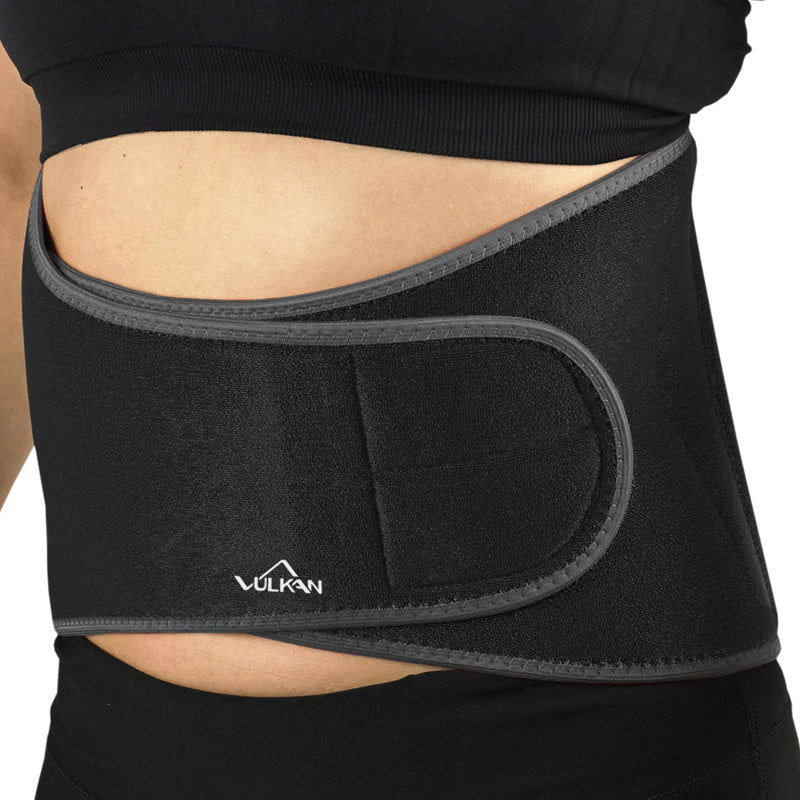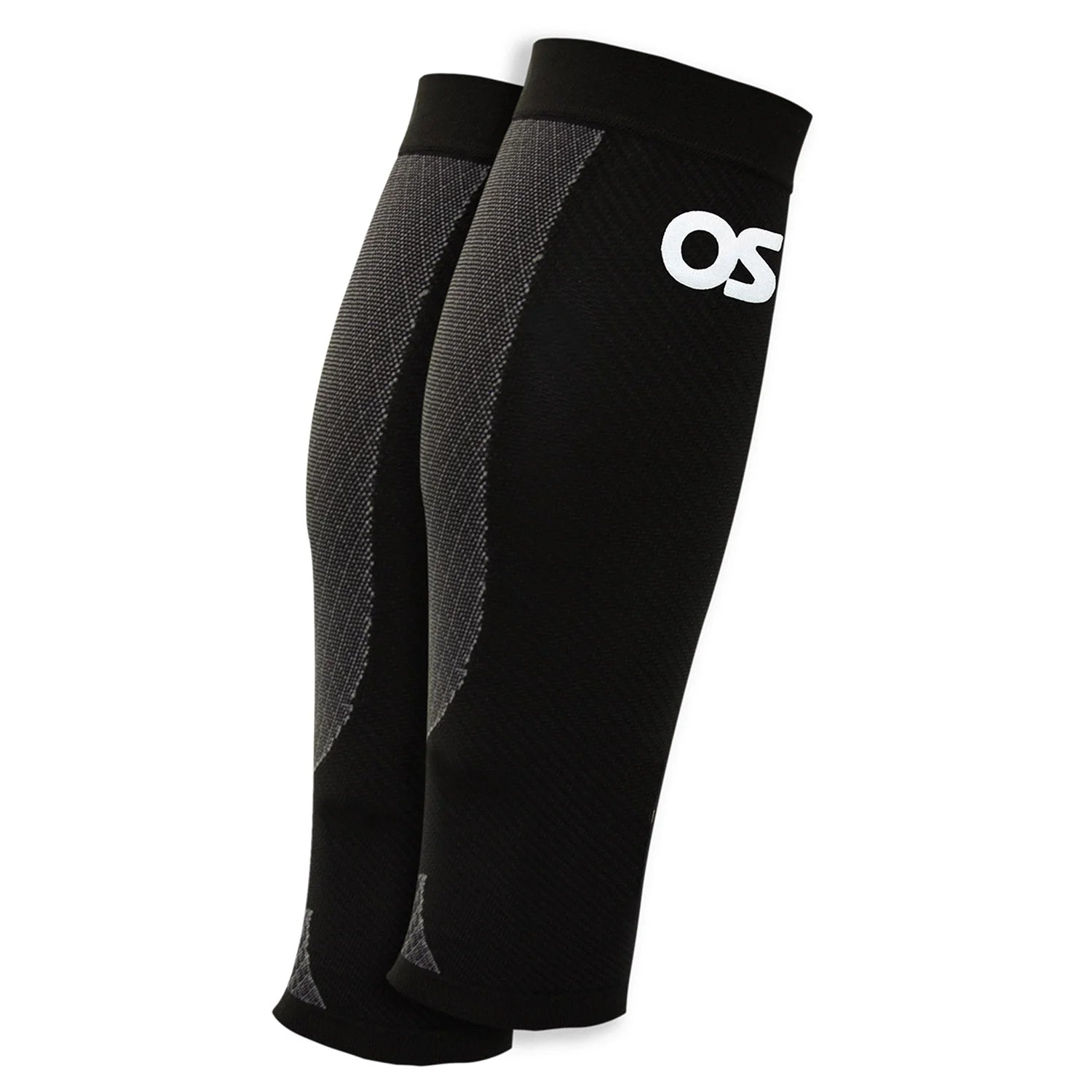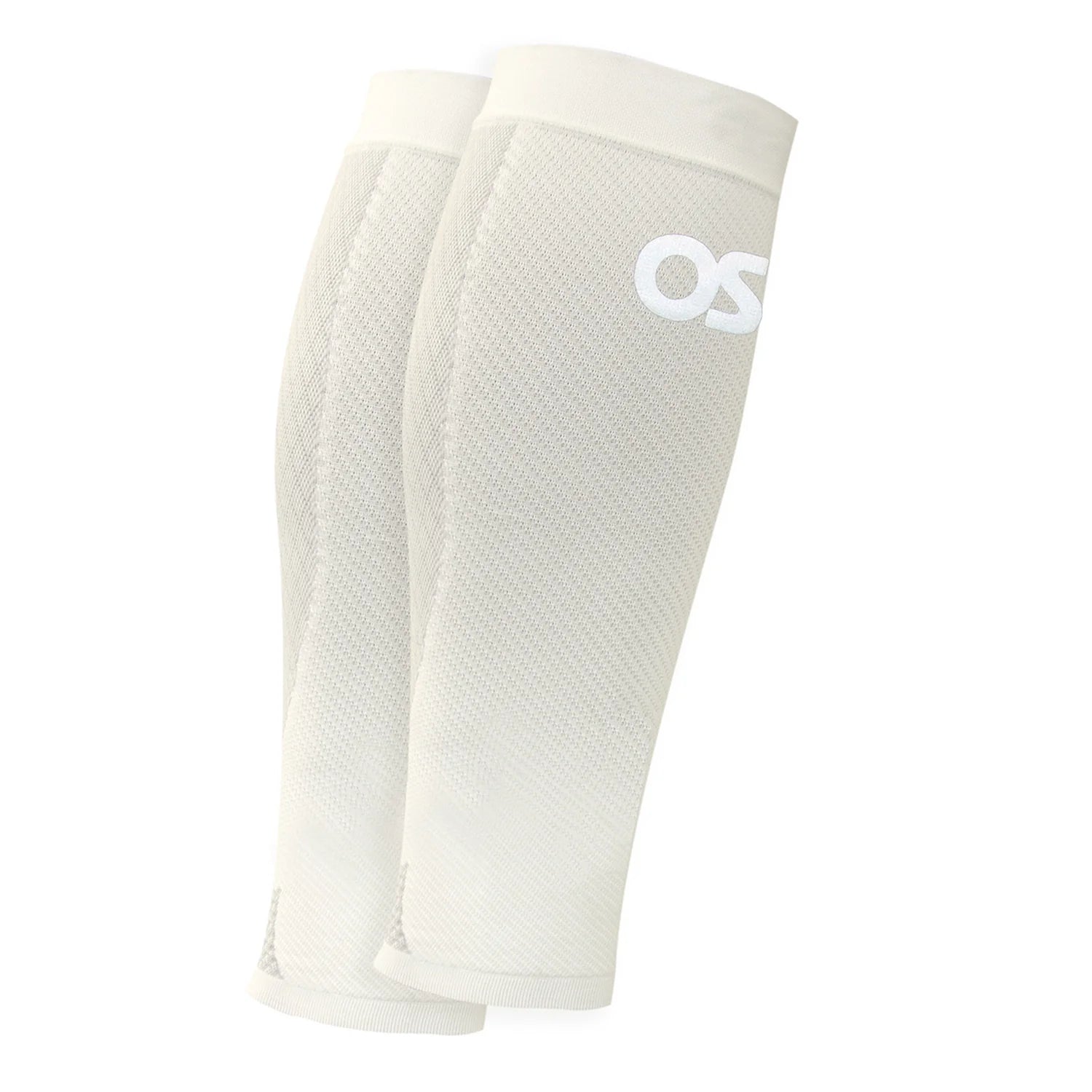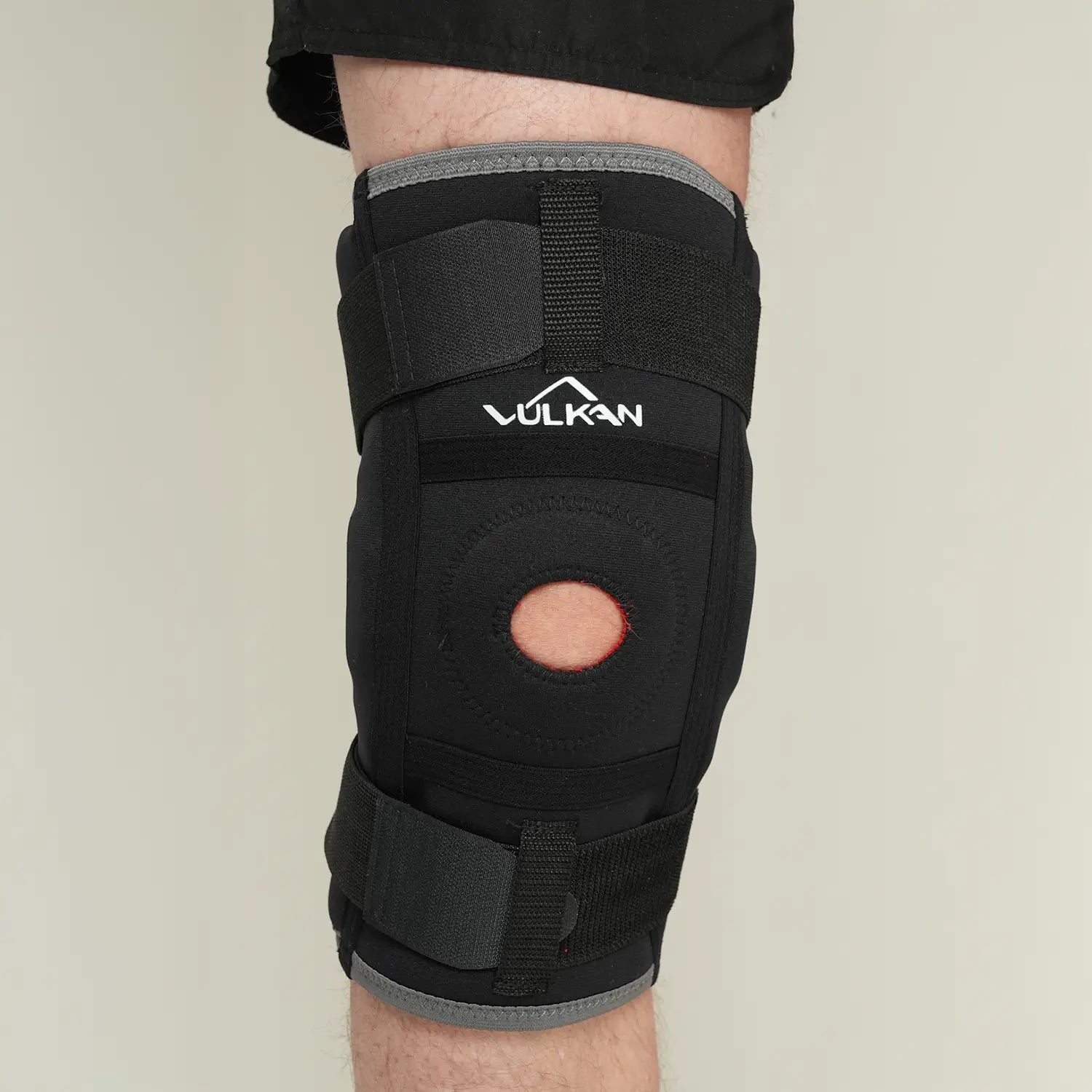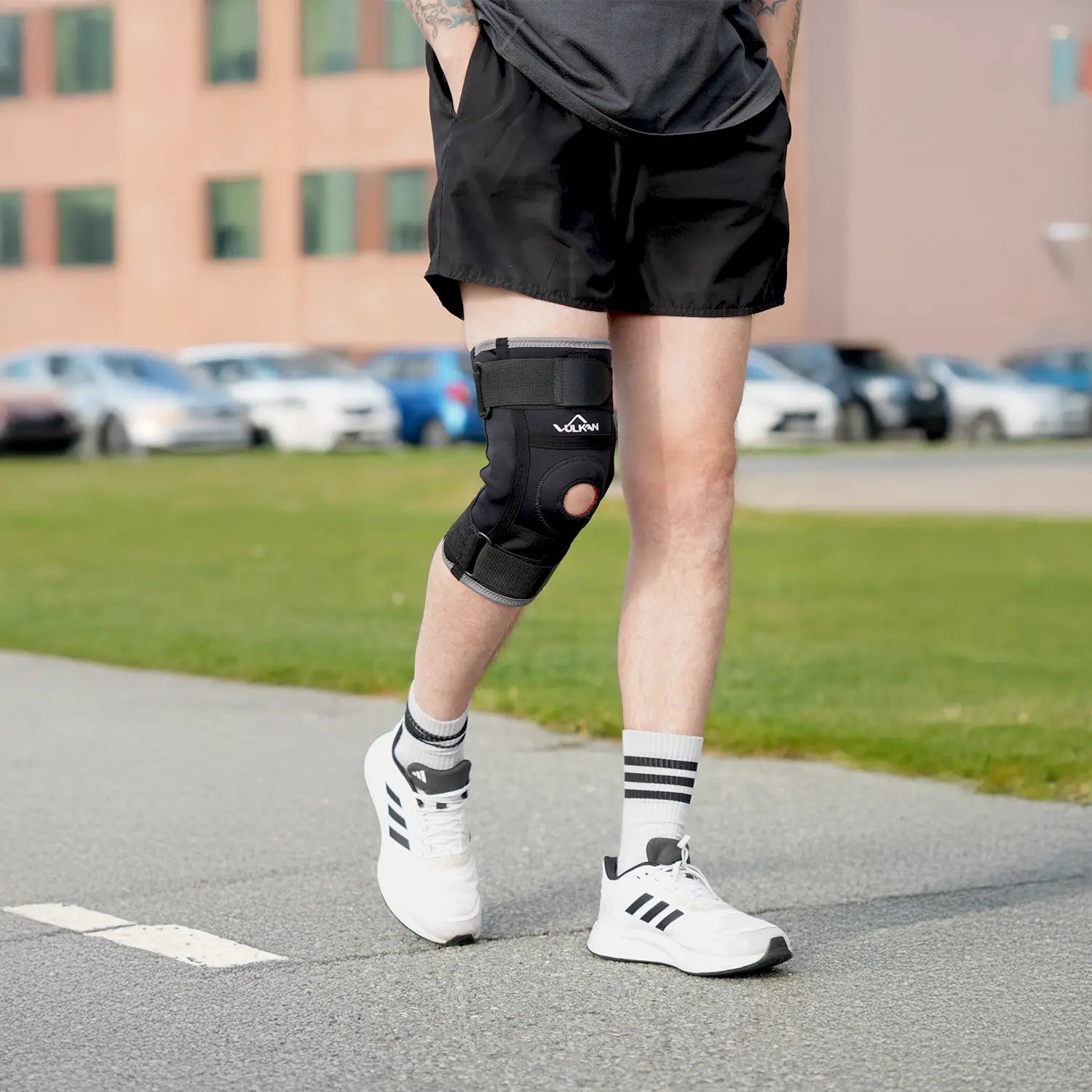
Sprained foot
Content description
Symptoms of a sprained foot
A sprained ankle, also known as a sprained ankle, is a common injury that occurs when the ankle is twisted violently, causing the ligaments to stretch or in some cases rupture. This can cause pain, swelling, and reduced mobility.
Common symptoms of a sprained foot include:
- Pain with strain or movement.
- Swelling around the ankle.
- Bruising or discoloration.
- Feeling of instability in the ankle.
The intensity of symptoms varies depending on the severity of the injury.
When and where should I seek care?
You should seek care if:
- The pain is severe and you have difficulty supporting your foot.
- The swelling does not decrease within a few days.
- You experience numbness or tingling in your foot.
- You have sprained your foot before and experience recurring instability.
If you suspect a fracture or serious ligament injury, you should contact a health center or emergency room for further investigation.
Causes
A sprain occurs when the foot's movement exceeds its normal limits, often during activities on uneven surfaces or during sudden turns. Anatomical factors such as pronation (inward movement) or supination (outward movement) can increase the risk of a sprain, as can poor shoe selection and lack of ankle stability. Athletic shoes with narrow soles, such as soccer cleats, can also increase the risk of twisting the foot and damaging the ligaments.
What can I do myself?
In the case of a sprained foot, it is important to begin treatment immediately to reduce swelling and speed up the healing process. Emergency care involves:
- Elevation and compression : Keep the foot elevated and apply a compression wrap to reduce swelling.
- Cool : Apply ice or an ice pack to control bleeding and inflammation.
- Relief : In more serious injuries, crutches can be used to relieve the ankle.
After the acute phase, it is important to resume ankle movement as soon as pain allows, to prevent stiffness. Physical therapy and rehabilitation, under the guidance of a physiotherapist, are often necessary to restore full ankle function. Balance boards are recommended as part of the rehabilitation program to strengthen the muscles around the ankle and improve stability.
Treatment
The treatment of a sprained foot depends on the severity of the injury:
- Grade 1 : Mild sprain where the ligaments are slightly stretched. Treated with rest, ice and compression.
- Grade 2 : Partial rupture of the ligaments. May require the use of ankle braces and physical therapy.
- Grade 3 : Complete rupture of one or more ligaments. May require long-term rehabilitation and possibly surgery.
Using stabilizing ankle supports can help immobilize and support the ankle, helping to prevent further injury.
Prevention
To reduce the risk of spraining your foot, you can:
- Wear shoes with good support and fit.
- Train strength and balance in the ankle.
- Avoid exercising on uneven surfaces without proper preparation.
- Use ankle supports when necessary, especially if you have a history of sprains.
Recommended products from Rehcore
To support recovery and prevent future injuries, the following products may be helpful:
How do I know if my foot is sprained or broken?
If you experience severe pain, swelling, and are unable to put any weight on your foot, it may be a fracture. Pain and swelling are more common with a sprain, but you can often put some weight on your foot. If you are unsure, always contact your healthcare provider for an assessment.
How long should I rest after a sprain?
Rest is usually recommended for a few days to a week. Once the swelling and pain have subsided, it is a good idea to gradually start moving your foot again to avoid stiffness.
What can I do to reduce the swelling?
Keep your foot elevated, use a compression wrap, and apply ice to your foot for the first few days. This will reduce swelling and speed up healing.
When should I seek treatment for a sprained foot?
Seek medical attention if you are unable to put any weight on your foot, if the pain is severe, or if the swelling and pain do not go away within a few days. If you have had multiple sprains in the past, you should also seek medical attention.
Do I need to use an ankle brace after a sprain?
An ankle brace can provide extra stability and reduce the risk of new sprains, especially if you are active or have an unstable ankle after the injury.
Can I start exercising normally again immediately after the sprain?
It is important to be pain-free and have regained normal mobility before returning to full training. Rehabilitative exercises and gradual escalation are recommended.







